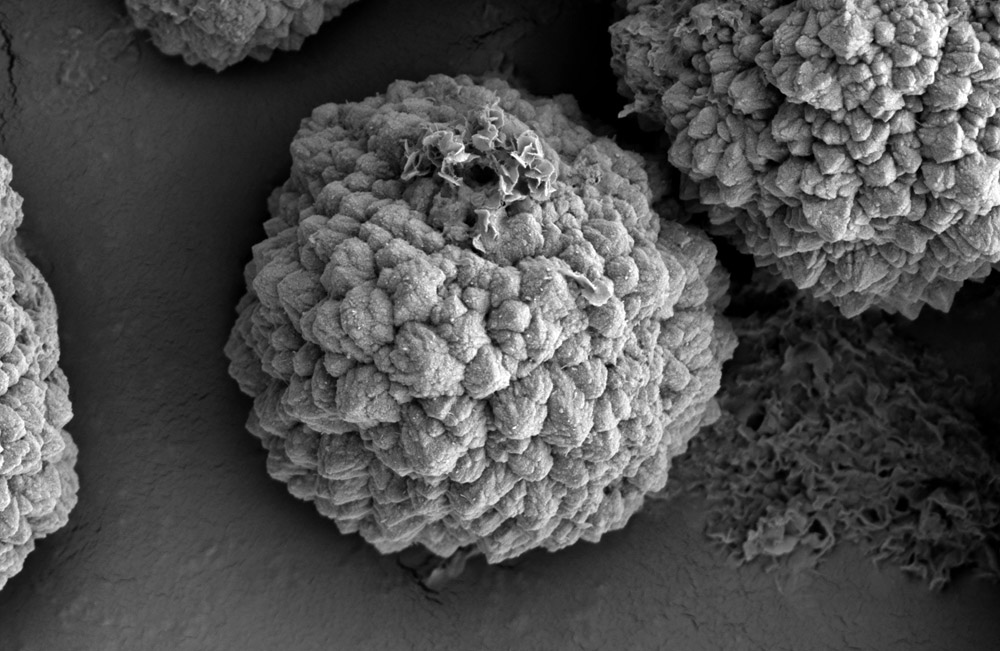From June 29 to July 2, researchers and students will try to get to the bottom of an ancient archaeological question in front of visitors to the MAMUZ Museum in Asparn an der Zaya (Lower Austria). They want to show by hand how green stone axes were used around 12,000 years ago in the Near East. The new capabilities offered by ancient tools may have played a major role in people becoming sedentary.
“We know that green stone axes were used, but not for what or for how long. It is unclear whether they were only used for special activities, such as a ritual area, or also for ordinary work. I would like to answer this question with the students by three Experiments. In one experiment, a dead pig is cut down, in a second, a T-shape is cut out of a block of limestone, and in the third, a tree is cut down,” says Laura Dietrich, whose research is being conducted at the Austrian Archaeological Institute (ÖAI) of the Academy of Sciences. Science (ÖAW).
The ancient tools were created by scholars and students based on historical models that come from the important archaeological sites of Göbekli Tepe and Çukuriçi Höyük in Turkey. These polished stone axes appeared in the region of southwest Asia around 9600 to 8000 BC. “They brought about one of the greatest changes possible in human history: the transition from hunting and gathering to agriculture and animal husbandry. The hubs allowed large areas to be cleared for farming and the first permanent settlements with massive wooden architecture to be built. The new way of life was so successful that it spread to Europe from 6500 B.C. birth,” Dietrich said Friday on a broadcast from the OeAW.
What sets the hubs apart from these two UNESCO World Heritage Sites is that the stones used there did not come from the region, but sometimes had to be transported several hundred kilometres. The greenish rock seems to have been highly valued and when broken was often reused in smaller axes or as jewelry. This rock is now also used for Asparn an der Zaya.
Existing experiments are necessary because different works also leave distinct traces on the surface of the stones. These signs of use are then accurately measured using the new analysis methods and compared with the wear on the historical finds. 3D models are also made from replicas and originals, which are then compared on a computer using software powered by artificial intelligence (AI). As a result, the AI must learn to estimate the duration and purpose of using the axes.
(Service – information on the course and active weekend in “Experimental Archeology”: https://www.mamuz.at)

“Travel aficionado. Certified problem solver. Pop culture guru. Typical writer. Entrepreneur. Coffee trailblazer.”







More Stories
Festival in Summer – The Witches in Weißenkirchen: a special comedy written for the Wachau
Sean “Diddy” Combs abuses his girlfriend in a released video
A to Z with Kevin Cole